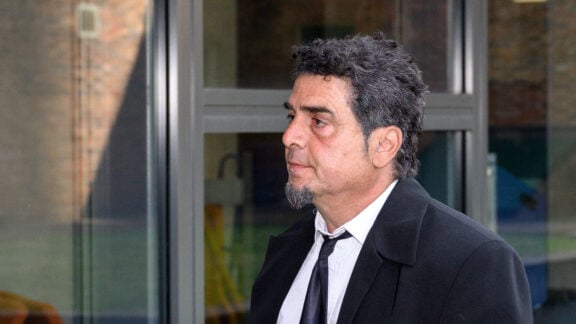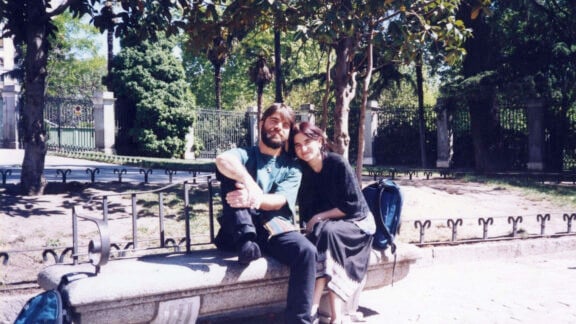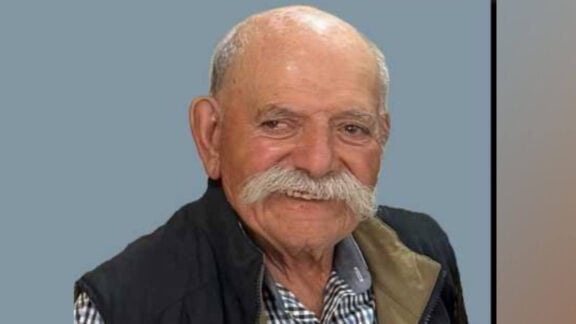If you don’t live in Australia it is hard to believe that on the first Tuesday of November every year, the second most populous state of the land, Victoria, gazettes a public holiday to celebrate a horse race, the Melbourne Cup.
It is difficult to comprehend that the unofficial national day of Australia, the day that appeals to the hearts and minds of the young and old, a day that gave birth to Australians as a nation and created the national legend of the digger, is actually ANZAC day, (originally the day of a military defeat). If you do not live in Australia, it is quite perplexing that the official ANZAC day returned servicemen parade in the nation’s capital Canberra and other major cities is often led by a single riderless horse, with a pair of boots set backwards in the stirrups – the sign of a warrior fallen in battle.
If you come from the old world it may be difficult to understand how a museum of a great metropolis can host amongst its exhibits a horse named Phar Lap that carried on its saddle not only the jockey, but also the dreams and expectations of an entire nation during the last century’s Great Depression.
This dry, flat, sun-burnt land mass, a country of unique flora and fauna, inhabited by the Aborigines for tens of thousands of years and by white settlers and convicts during its last 225 years, has, in many ways, a unique culture.
Many post-war migrants, from all over the globe, have fought to find their own space in the culture and in the history of the Anglo Irish dominated society of this continent. Quite a few newcomers succeeded by enriching what they already found here, while others were left behind, viewing from the margins the economic, the political, the cultural, and the social mainstream of the country. All of the newcomers though, came to recognise and accept the ever changing and ever standing Australian way of life.
The way ordinary Australia accepts, celebrates and perpetuates its national identity through its myths, for example, the ANZAC day celebration and the Melbourne Cup in the state of Victoria, is something worth highlighting. History, tradition, culture, mythology, all these binding national elements are not just a national narrative. They are not just something big and remote that has happened in the past and perpetuates for the future.
The Australian narrative is not dictated only by the education system, or by the powerful ideology of the masters of the land that impose it from the top down to the masses. The grand national narrative and identity, to a large extent, is the sum of smaller, and ‘idiosyncratic’ to outsiders, stories of achievements or failures of ordinary people as well. These small stories, these liveable everyday lives and habits, all add up and become part of a greater narrative, shaped by the peculiarities of the land, its people and its history.
A tree-lined entry road into Bacchus Marsh, just outside Melbourne, where every tree along the route commemorates a life fallen in battle almost 100 years ago. A five-year-old standing with his family in the middle of nowhere in WA at an ANZAC Day Dawn Ceremony, in contrast to a working class punter betting at the TAB on Melbourne Cup day, are all powerfully enduring national images of the people, lives, experiences and traditions of a large and unique land.
It is this Australian exception that we celebrate in Victoria on Tuesday with a public holiday, when the rest of the nation comes to a standstill. This is something much bigger and much more important than just a horse race.
Advertisement
The Australian exception
If you don’t live in Australia it is hard to believe that on the first Tuesday of November Victoria gazettes a public holiday to celebrate a horse race; the Melbourne Cup








